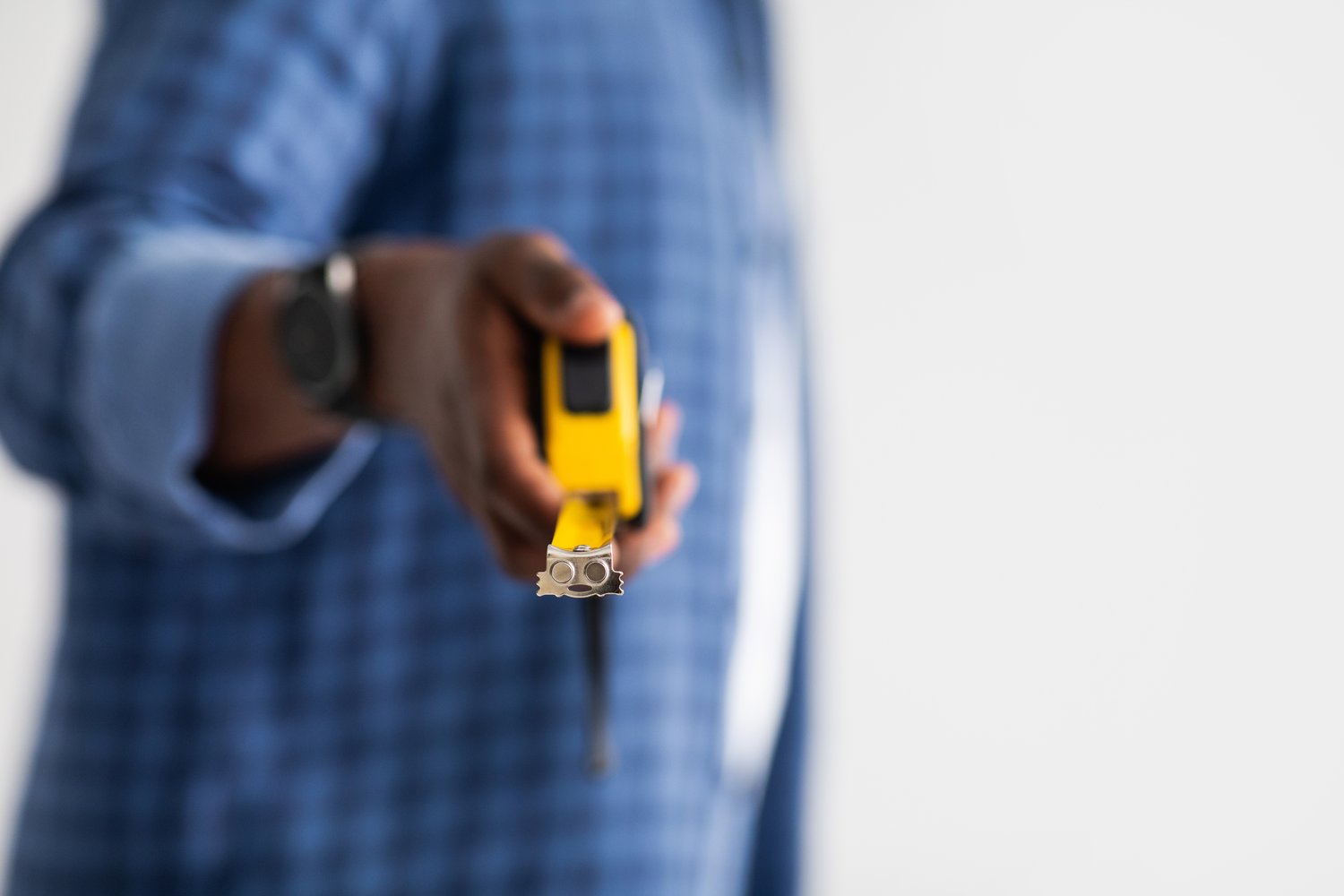When you encounter electrical troubleshooting tasks without a multimeter at hand, exploring alternative methods becomes essential. Knowing how to safely test for electrical currents using easily accessible tools is not only practical but also crucial for anyone handling electrical projects. Whether you’re a DIY enthusiast or someone in a situation without standard testing equipment, this article offers valuable insights and techniques to ensure your safety and success.
- Learn fundamental techniques to test electrical currents without a multimeter and understand the preparation needed for safe testing.
- Discover the simplicity and effectiveness of using a voltage tester pen to detect live wires swiftly and reliably.
- Gain essential knowledge of safety precautions to prevent accidents during your electrical testing endeavors.
As you delve into the article, you’ll uncover practical methods and safety tips to tackle your electrical testing challenges with confidence. Embrace these insights to enhance your problem-solving skills and adapt the solutions to suit your needs.
Understanding the Basics: How to Test for Electrical Current Without a Multimeter: 5 Safe Methods
Testing electrical current without a multimeter might seem challenging, but with the right knowledge and preparation, it’s entirely feasible. Understanding the core techniques is crucial for ensuring safety and accuracy in your DIY electrical projects.
Before you begin, familiarize yourself with the basic principles of electricity, such as voltage, current, and resistance. This foundational knowledge will aid you in discerning the behavior of electrical currents and recognizing potential hazards.
Identifying necessary tools is the next step in your preparation. These tools include voltage tester pens, circuit testers, and other non-contact detection devices, which offer practical alternatives to traditional multimeters. Familiarize yourself with these tools and their operation in advance to ensure the most effective use during testing.
Preparation is key, not just in terms of knowledge and tools, but also in setting up a safe environment. Clear your workspace of any unnecessary clutter, ensure dry conditions, and avoid testing in areas where there might be water present, as moisture can pose significant safety risks.
These preliminary considerations set the stage for safe testing, minimizing the risk of accidents and ensuring your methods are both efficient and effective. Equipped with the right techniques and a focus on safety, you can confidently move forward to test electrical currents without a multimeter.
Using a Voltage Tester Pen: An Essential Tool
The voltage tester pen is an indispensable tool for anyone working with electrical systems. Affordable and user-friendly, this device offers an effective method for detecting electrical current in live wires without the use of a multimeter.
To use a voltage tester pen, simply bring it close to the wire or outlet you wish to test. These pens operate based on a non-contact principle, meaning there’s no need to physically touch the wire, thereby enhancing safety. When the pen detects voltage, it usually signals with a light or a beep, alerting you to a live wire.
One of the significant advantages of using a voltage tester pen is its simplicity. Unlike more complex equipment, voltage tester pens are designed for straightforward operation, making them ideal for both seasoned professionals and beginners tackling DIY projects at home.
Additionally, these pens are compact and portable. This makes them a convenient choice for quick checks around the house or in various work environments. Keeping a voltage tester pen in your toolkit ensures you can easily perform basic electrical checks without needing more sophisticated equipment.
Explore the functionalities of different models to find a voltage tester pen that suits your specific needs. With this tool, testing for electrical currents becomes an accessible and secure task.
Safety Precautions: How to Test for Electrical Current Without a Multimeter: 5 Safe Methods
Working with electrical systems can be hazardous if proper safety measures are not in place. Understanding the necessary precautions is crucial for anyone attempting to test electrical currents without a multimeter. Safety should always be your top priority.
Protective Gear: Always begin by wearing the appropriate protective gear. This includes insulated gloves, which can protect you from accidental electrical shock. Safety glasses are also vital to shield your eyes from any potential sparks or debris.
Environmental Awareness: When working with electricity, ensure your environment is dry and clutter-free. Water and electricity are a dangerous mix, and a clean workspace will help minimize the risk of accidents. Make sure the area is well-lit, allowing you to clearly see the wires and tools you’re using.
Turning Off Power: Always double-check that the power source is turned off before beginning your tests. This step reduces the risk of unexpected live wires and electric shock, providing a safer work environment. If you are unsure, seek assistance or use a voltage tester pen to ensure the area is de-energized before proceeding.
Using Proper Tools: Ensure the tools you use are appropriate for the task and in good working order. Tools with frayed cords or damaged insulation could cause electric shock or fire hazards. Opt for tools with non-conductive handles to further minimize risk.
Educate Yourself: Finally, understanding the equipment and techniques you’ll be using cannot be overstated. Read resources and guides carefully. Knowledge enhances safety and enables you to make informed decisions when testing electrical currents.
Applying these safety precautions not only protects you but also ensures the successful and efficient testing of electrical currents without a multimeter. Prioritize these measures every time you undertake electrical work to maintain a safe environment.
Frequently Asked Questions About Testing Electrical Currents
What is the safest method to test for electrical current without a multimeter?
Using a voltage tester pen is considered one of the safest methods. It allows for contactless detection of live wires.
Can I test electrical currents without any electrical tools?
It’s not recommended to test without electrical tools as it increases risk. Use at least a basic voltage tester pen for safety.
Is a voltage tester pen the same as a multimeter?
No, a voltage tester pen only detects the presence of voltage to identify live wires; it doesn’t measure current or resistance like a multimeter does.
What safety precautions should I take before testing electrical currents?
- Wear rubber-soled shoes to avoid grounding.
- Use insulated tools to prevent electric shock.
- Ensure hands are dry and the work area is clear of liquids.
How reliable is a voltage tester pen?
Voltage tester pens are reliable for detecting live circuits, but they should only be used as a preliminary test to identify live wires.





